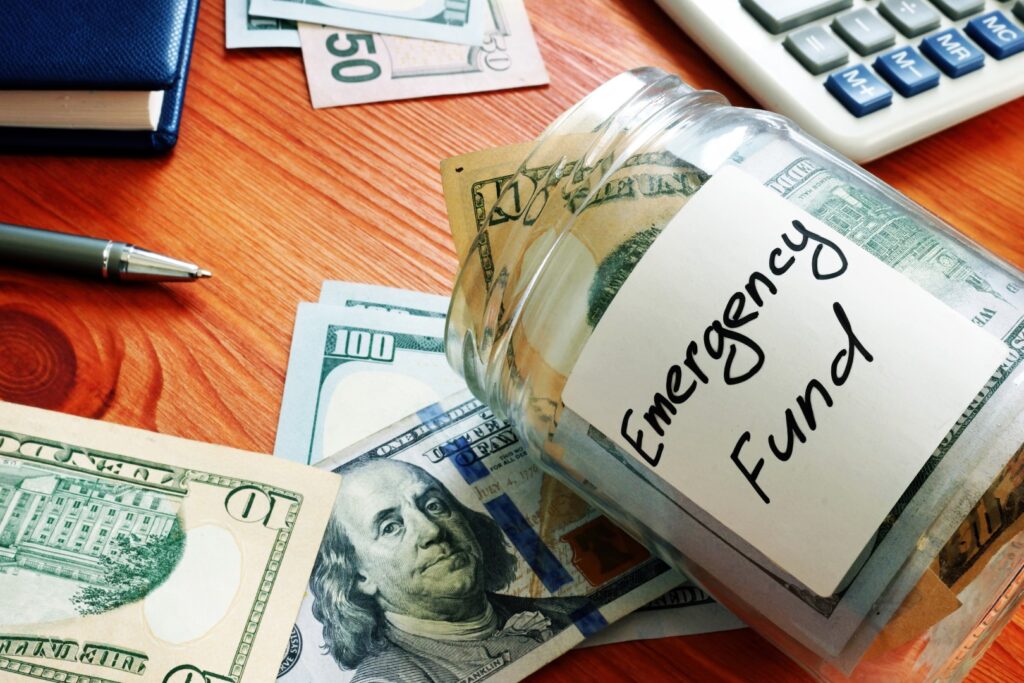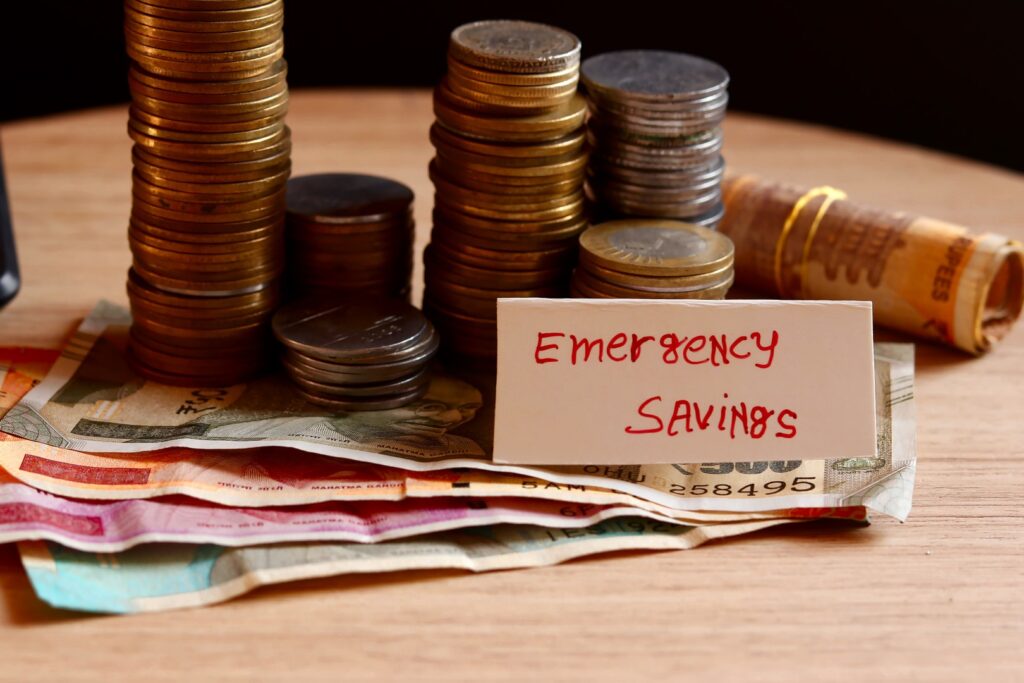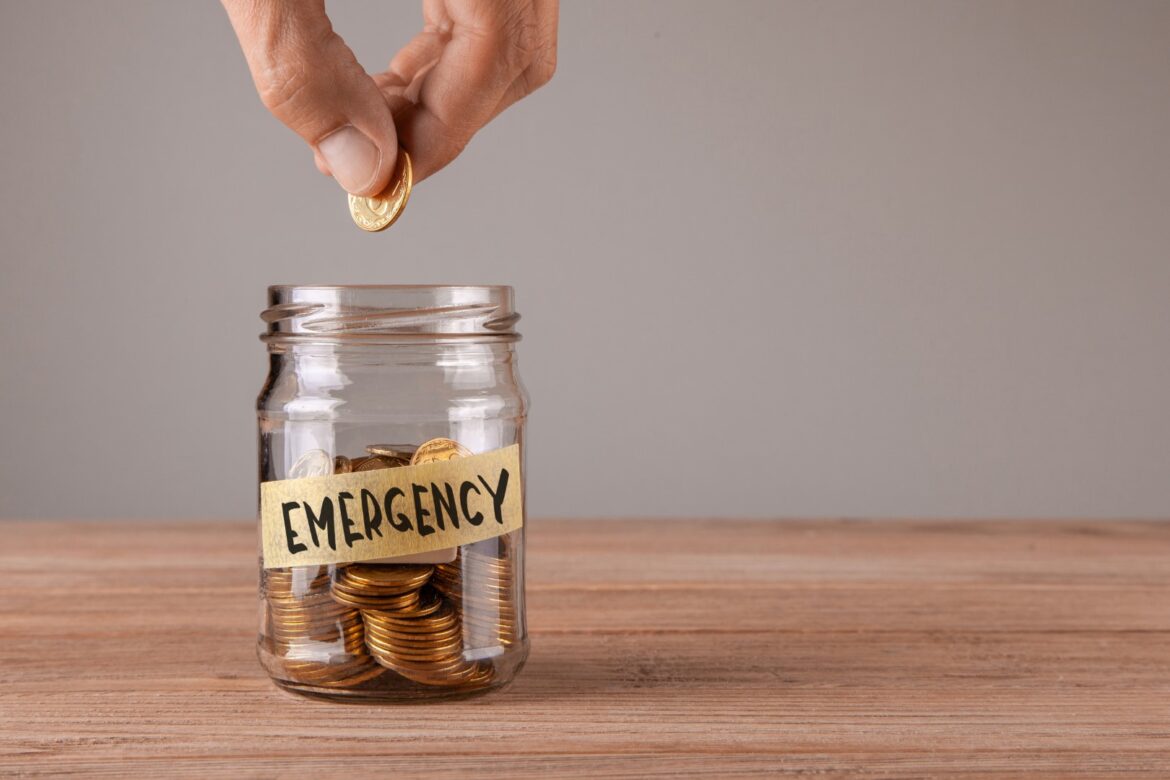An emergency fund is a vital part of any financial plan. It provides a safety net in case of unexpected events such as job loss, medical emergencies, or home repairs. Building an emergency fund takes time and discipline, but it is an essential step towards financial stability. In this blog, we will explore how to build an emergency fund.

Determine Your Monthly Expenses
The first step in building an emergency fund is to determine your monthly expenses. This includes your rent or mortgage, utilities, groceries, transportation, and other necessary expenses. Make a list of all your monthly expenses and add them up to determine your total monthly expenses.
Determine Your Target Emergency Fund Amount
Once you know your monthly expenses, you need to determine your target emergency fund amount. Financial experts recommend having at least three to six months of expenses saved in an emergency fund. For example, if your monthly expenses are $3,000, you should aim to save at least $9,000 to $18,000 in your emergency fund.
Start Saving
The next step is to start saving. Set a realistic goal for how much you can save each month towards your emergency fund. This can be a fixed amount or a percentage of your income. Consider setting up automatic transfers from your checking account to your emergency fund to make it easier to save.
Prioritize Your Spending
Building an emergency fund requires discipline and prioritization. Make a list of your expenses and prioritize them based on their importance. Consider cutting back on non-essential expenses such as eating out, entertainment, or shopping. Redirect the money you save towards your emergency fund.
Look for Ways to Increase Your Income
Another way to build your emergency fund is to look for ways to increase your income. This can be through a part-time job, selling unused items, or freelancing. The extra income can be directed towards your emergency fund, helping you reach your target amount faster.
Keep Your Emergency Fund Separate
It’s essential to keep your emergency fund separate from your other savings and checking accounts. This makes it easier to track your progress towards your target amount and avoids the temptation to use the funds for non-emergency expenses. Consider opening a high-yield savings account or money market account for your emergency fund.

Revisit Your Emergency Fund Regularly
As your expenses and income change, it’s essential to revisit your emergency fund regularly. Consider increasing your target emergency fund amount if your expenses have increased or if you have a higher income. Additionally, if you need to use your emergency fund, make it a priority to replenish it as soon as possible.
In conclusion, building an emergency fund is an essential part of any financial plan. It provides a safety net in case of unexpected events and can help you avoid debt and financial stress. By determining your monthly expenses, setting a target emergency fund amount, starting to save, prioritizing your spending, looking for ways to increase your income, keeping your emergency fund separate, and revisiting your emergency fund regularly, you can build a solid emergency fund and achieve financial stability.

